Feather lice are an irritiating part of raisng Pigeons. The pictures above shows what they look like. Although not harmful to the birds, they do chew holes int he feathers of birds. When you hear someone talk about “pinholes” in Pigeons, that is what they mean. It is the damage these Lice do.
I use Permethrin as a dip for treating feather lice in my birds. What I do is fill a bucket with the correct mixture of dip. I gently, but firmly hold the bird by the wings over its head.
I submerge the bird, gently moving the bird from side to side, allowing for a good coating of dip.
This last picture shows the bird submerged up to its neck. I do not completely submerge the bird under water. The bird’s head is always above water. When I am finished I return the bird to the pen it was in. The dip makes flying very difficult for a couple of hours until the bird dries off.
How to Give Your Racing Pigeons Oral Medications by Slobberknocker Lofts
The Leading Online Pigeon Racing and Racing Pigeons Magazine – The Pigeon Insider

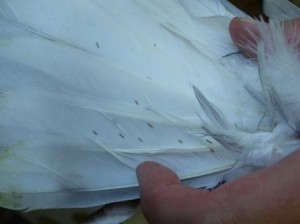
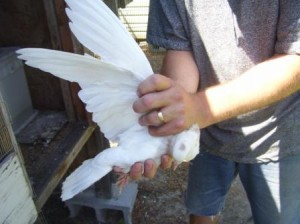
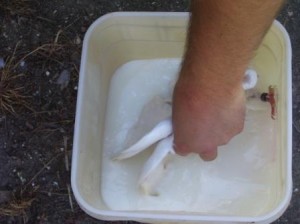
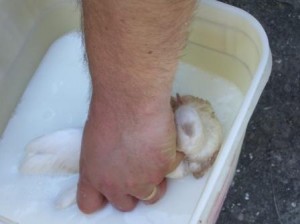
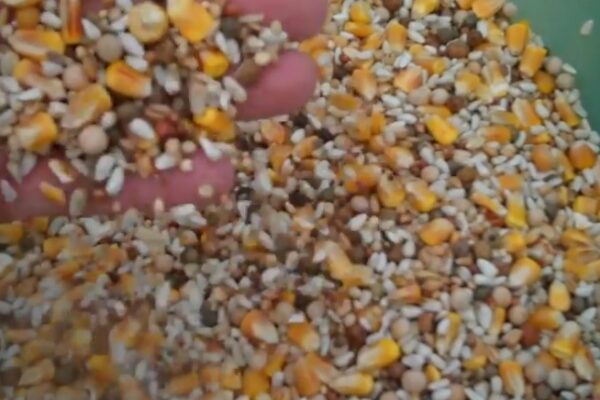
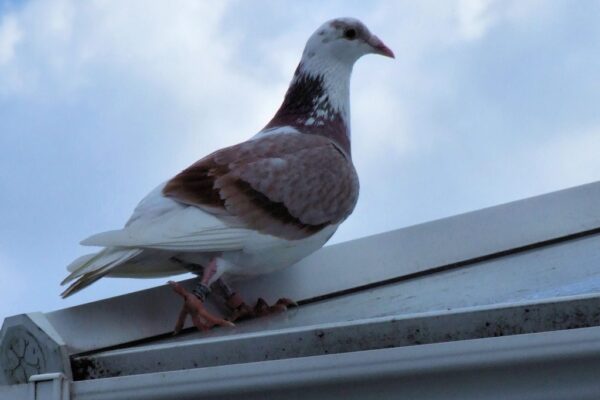
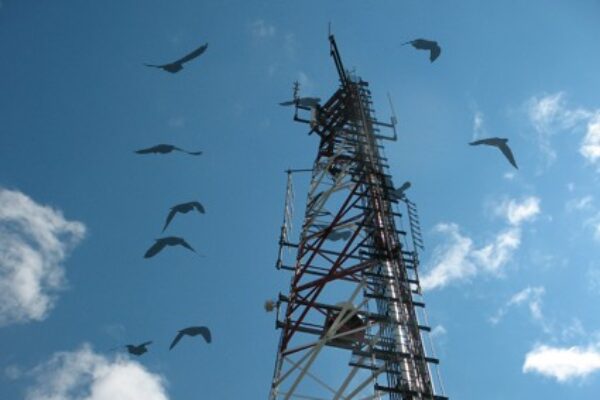
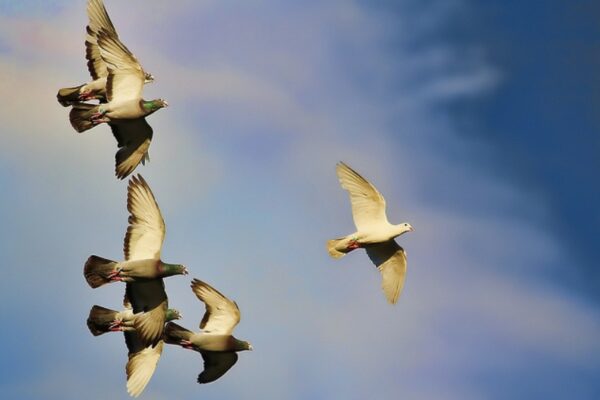
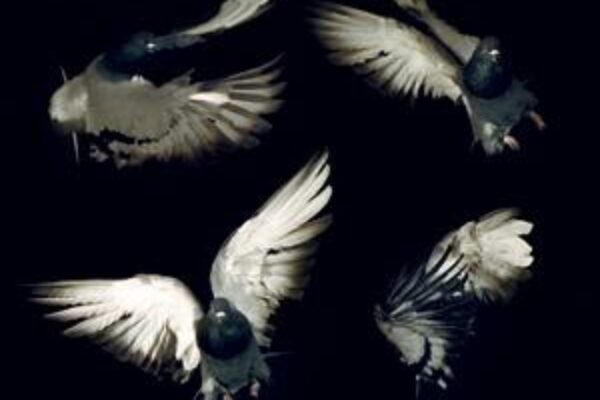


I’ve been using a product called PROZAP garden and poultry dust for years. It can be applied directly on to the birds. Make sure to use as directed. As a preventative measure, during the breeding season I’ll add a few fresh eucalyptus leaves in their nest bowl. I know everyone has their own methods of doing things. This is just an example of how I do it.
Dipping birds is risky for the fanciers concerned. Farmers have been found to get Alzeimers disease through sheep dipping. Use Moxidectin in drinker. Salt and Vinegar in bath. Kills feather mite and rids lice.
When you see 3 or 4 wholes in a row on the wing it is from the pigeon fly. I like to use Frank Mclauglin’s seecrets page, I’ve been using Quest for several years now, it does not hurt the bird and it kills internal and external parasites.
Dave
Fantastic addition to the post Jeff! thanks so much for posting it.
I am pretty sure that the normal Long pigeon louse(shown) does not cause pinholes in the feathers of pigeons.I believe it is in fact a plumage mite commonly called the pinhole mite which feeds on the blood inside the sheath of a new feather, it inadvertantly burrows through the growing feather as it feeds.
When the feather is fully devoloped the pin holes are easily seen when the wing is held up to the light.The common long pigeon louse actually causes very little damage so long as there are not too many of them on a given bird.They have a bad reputation because they are easily seen and are unsightly plus they readily transfer from bird to bird, ask any show pigeon judge.
Be extremely careful when dipping birds if the mixture is only a fraction too strong it will make the pigeons quite sick.
There are paint on medications that available that are far safer and more effective than dipping, visit your local veterinarian for more information.
We use IVOMEC in New Zealand, just a few drops on the back of the neck(skin) of a pigeon will treat it for both some internal and most if not all external parasites.
I also believe that Apple Cider Vinegar used in the drinking water helps keep many parasites at bay, both internal and external.